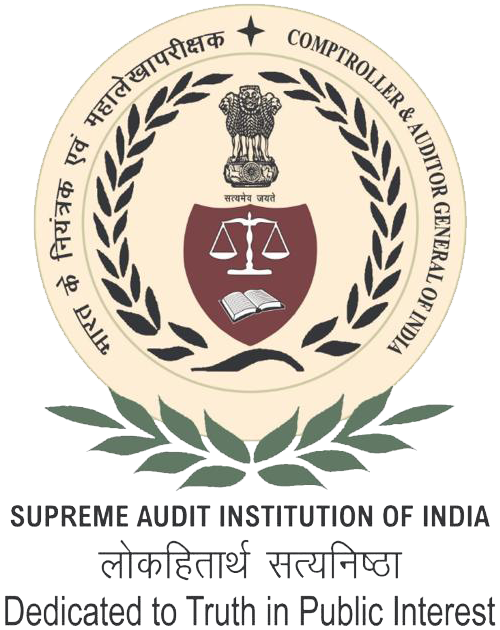- Home
- About Us
- Functions
- Resources
- Tour Program
- Publication & Reports
- Contact Us
- Employee Corner
Audit Reports
Financial

Delhi
Report of 2010 - Financial Audit on State Finance of Government of Delhi
Date on which Report Tabled:
Mon 05 Sep, 2011
Date of sending the report to Government:
Government Type:
State
Sector
Finance
Overview
The Delhi Government has put in place an institutional mechanism on fiscal transparency and accountability as is evident from the year-on-year presentation of outcome budgets. These outcome indicators tend to serve the limited purpose of measuring the department-wise performance against the targets. They do not, however, give the big picture of the status of financial management including debt position, for the benefit of the state legislature and other stakeholders.
Although CAG's reports in the past have commented upon the Government's finances, since these formed part of the civil audit report, it was felt that the audit findings on state finances remained camouflaged in the large body of audit findings on compliance and performance audits. The obvious fallout of this well-intentioned but all-inclusive reporting was that the financial management portion of these findings did not receive proper attention. In recognition of the need to bring state finances to centrestage once again, a stand-alone report on State Government finances is considered an appropriate audit response.
Accordingly, from the report year 2009 onwards, it has been decided to bring out a separate volume titled 'Report on State Finances'.
Based on the audited accounts of the Government of Delhi for the year ending March 2010, this report provides an analytical review of the Annual Accounts of the State Government. The report is structured in three chapters.
Chapter 1 is based on audit of Finance Accounts and provides a broad perspective of the finances of Delhi Government for the year ending March 2010. It also analyses critical changes in the major fiscal aggregates relating to the previous years keeping in view the overall trends during the last five years.
Chapter 2 is based on audit of Appropriation Accounts and gives the grant wise description of appropriations and the manner in which allocated resources were managed by the service delivery departments.
Chapter 3 is an overview on the Delhi Government's compliance with various financial rules,procedures and directives during the year ended 31 March 2010. The report also has an appendage of additional data collected from several sources in support of the findings.

